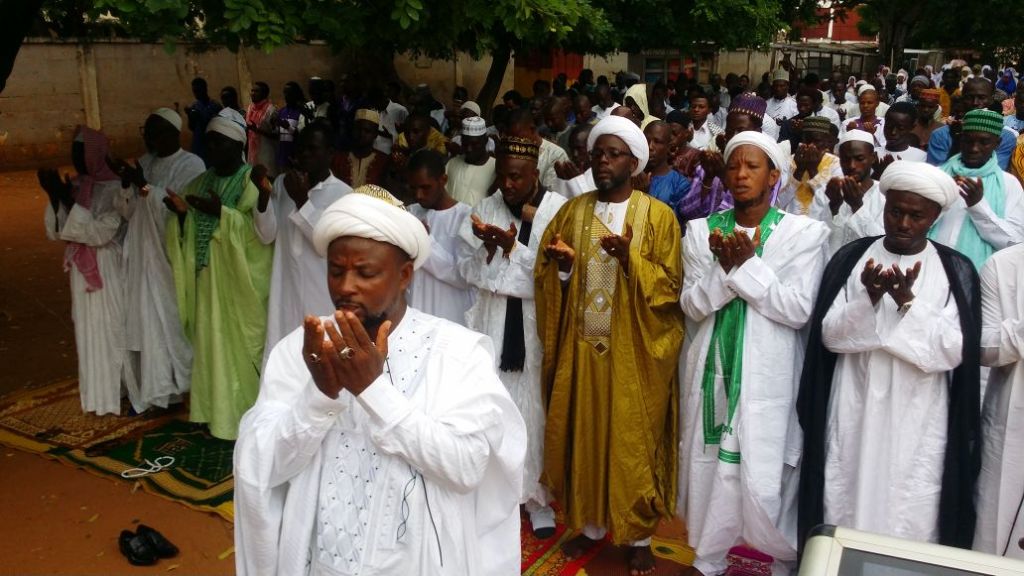
Gana Religion, Christianity in Ghana is the predominant and dominant religion, and Christianity arrived in Ghana through European missionaries and traders in the fifteenth century. There were many different cultural groups throughout the West African region that practiced various forms of spirituality. With the increase in the missionary movement and the colonization of the country, Ghana converted to Christianity. According to the 2000 census figures, the Christian population numbered about 18.8 million, or about 68.8% of Ghana’s population. According to the population census, the percentage of Christians increased to reach 71.3% in 2020, and according to a study dating back to 2015, about 50,000 Muslims converted to Christianity in Ghana. Christian denominations in Ghana include Catholics, Methodists, Evangelicals, Presbyterians, Lutherans, Seventh-day Adventists, Baptists, and other Christian denominations. The Methodist denomination is one of the largest Christian communities and denominations in the country.

The spread of Islam in West Africa beginning in ancient Ghana in the ninth century was mainly the result of the commercial activities of Muslims in North Africa. The empires of Mali and Songhai, which preceded Ghana in western Sudan, adopted the religion. Islam entered modern Ghana through the northern lands around the fifteenth century. The Mande people allowed merchants and clerics to enter the region. The northeastern sector of the country was affected by an influx of Hausa Muslim merchants beginning in the 16th century and a second wave of immigrants fleeing the jihad of Osman Dan Fodio in northern Nigeria during the early 19th century.
The majority of Ghanaian Muslims are Sunnis and follow the Maliki school of thought. However, since the eighties, the Shiite sect has spread rapidly after Lebanese merchants established commercial projects there. There are now an estimated 100,000 in Ghana now. Sufism is not widespread in Ghana however they are represented by the Tijaniyya and Qadiriyya. Ahmadiyya, a sect emerging in nineteenth-century India, has a distinct presence.


Leave a Reply